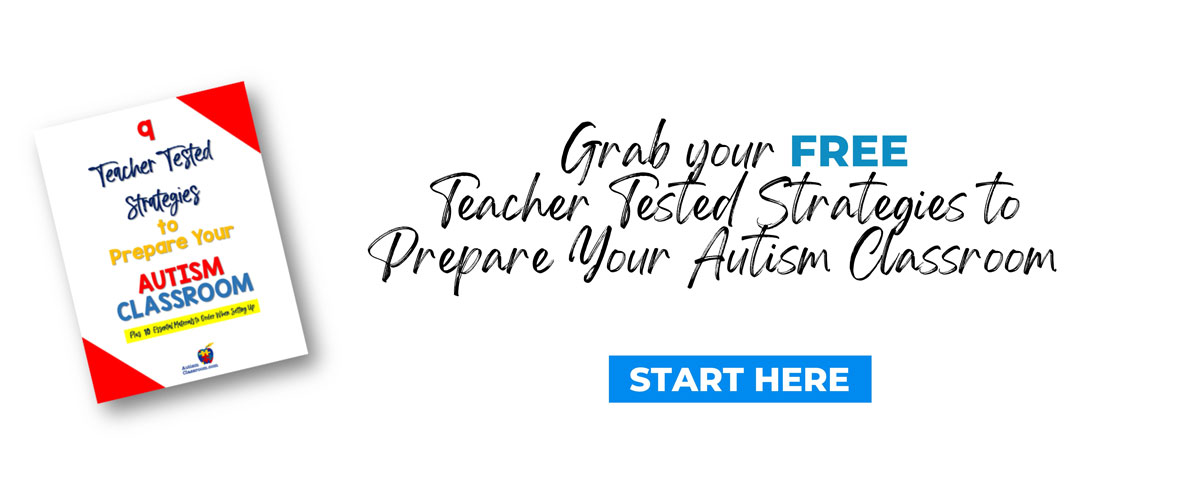Becoming a teacher is an awakening to all the little details that go into school for a successful and fun classroom! The details make or break a teacher. I know they did for me. If you are new to teaching, a morning routine can be difficult to ace. Read on to learn some tips or tricks that can make your morning routine flawless! Well, at least the plan.
For starters, make sure you and your team know what buses your students are riding in on. Put their bus numbers on index cards with student names so you and your team will know what bus to go to get the students. Or, make a permanent space on the wall or bulletin board with this information. If you need something more portable, think about using lanyards and clipboards.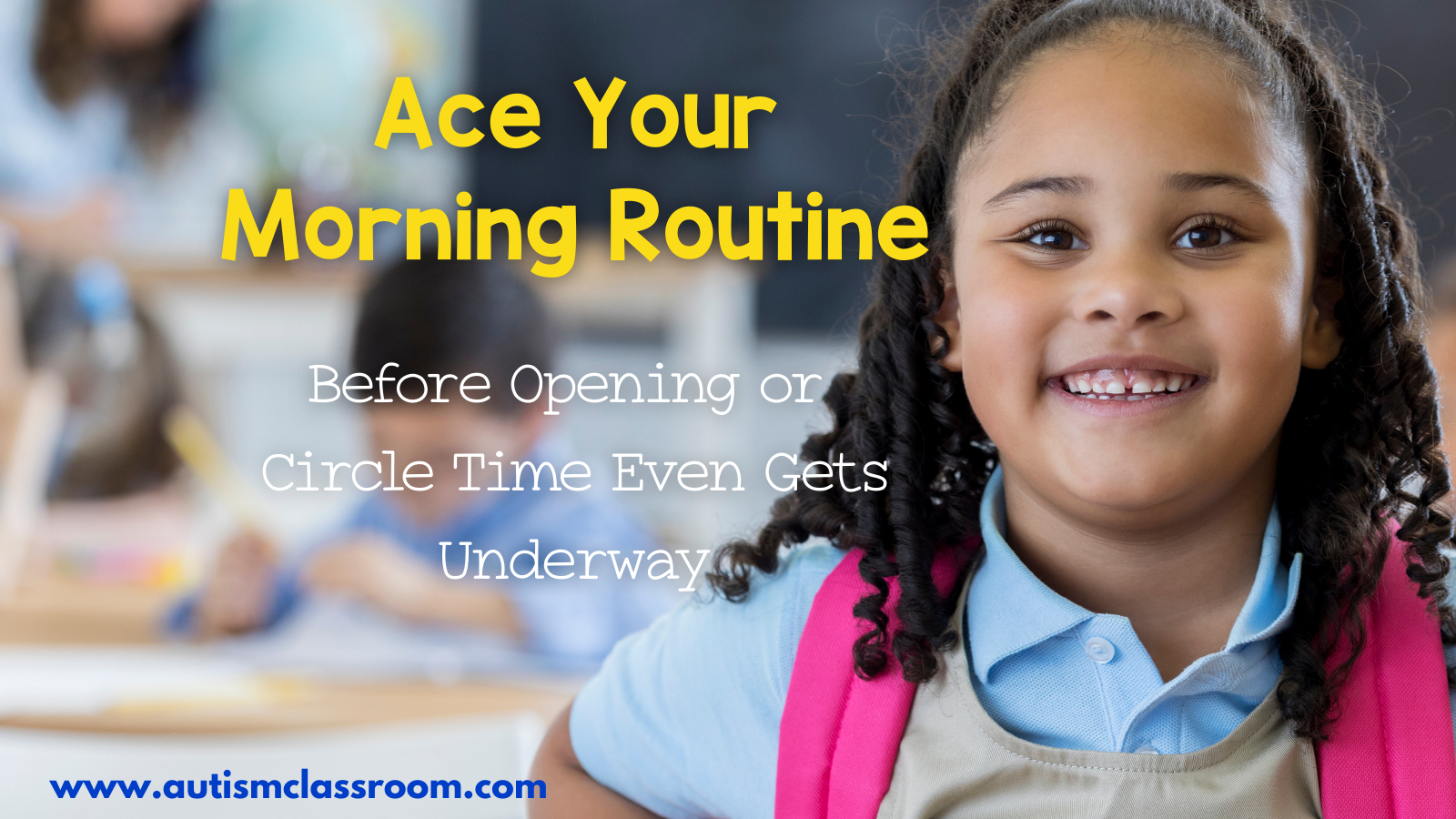
One thing that you can do, which is often overlooked, is to greet your students. When students are coming in, you can greet every student and say good morning. It gives you a keen awareness of how students might be feeling right when they walk through the door and allows you to attempt to reset that student's day. It’s a simple solution that can give you a check on each student’s mood for that day.
Once at the classroom door, you can have students easily check-in with a movable (here is where our mighty velcro comes in) name poster that could hang on the door or on the wall. Students can move their name from the “HOME” column and place their names in a column labeled “HERE.” This is also a early take on a pre-vocational skill -- just think, checking into work is something that all of us can relate to.
After the students have entered the room, you have to be on your toes and ready to go. Morning work can come to play here. Morning work might be dreaded by students, but is a teacher’s best friend! Avoid confusion and have morning work prepared in advance and ready to go. Students could have folders or binders and each Monday they get all the morning work for the week and then to go back to their folder daily! Most students will need help these activities.
Also, the location matters- most students with significant trouble focusing will need a work space that is facing a wall or facing away from the open classroom. Also, the binders will need to be set up. Here is an explanation about how to use use morning work binders with the Morning Work for Students with Autism that I created.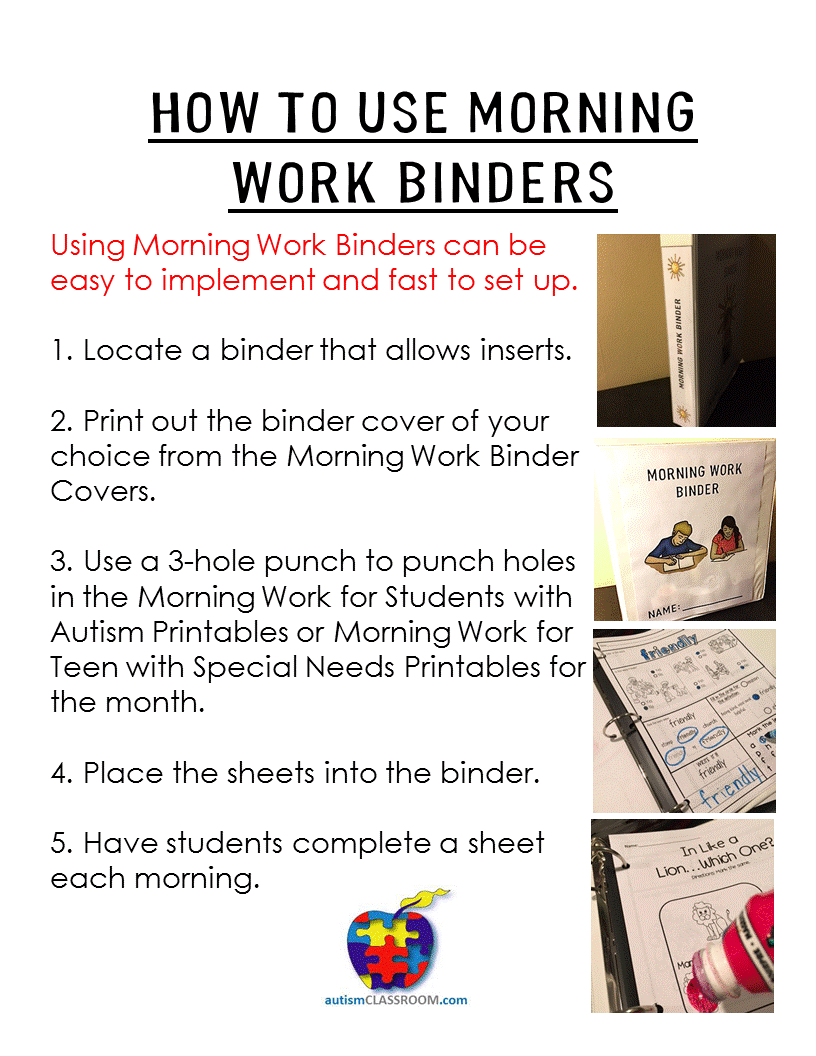
Here is a free morning work binder cover if you are planning to use binders for this activity.
Some students are not yet ready for morning work-they need something hands on. There are other options like using bins where you place a morning activity. A morning activity should be easy to clean up and easy to set up. Most often, the goal is just to provide a 5-10 minute activity for them to do while other students are entering the classroom. Free time is not a good use of this time. You will want to begin with a structured activity, even if that activity is an easy one. Examples might be easy puzzles without many pieces, a shape sorter without many pieces, a musical toy without many…well, you get it. Better yet, just have a toy bin with easy to use and easy to operate toys.
Now, there are some classrooms that like to get the day started with other activities. Ultimately, it is us to you and your team what to do for those first 10-15 minutes of the school day while students are still coming in off of buses and many are doing a bathroom routine. Here are a few more choices.
- Handwriting- Practice using an easel, dry erase board or dry erase paper or regular paper and a writing utensil. You can create cards by laminating blank index cards with pre-drawn lines for students to trace or you can try my fine motor task cards shown below.

Fine Motor Imitation Cards & Worksheets
- Sensory Bin- Have a bin of easy to use and easy to clean up sensory items. (You do not want messy items for this 5 - 15 minute time period.) Add visual communication supports on a choice board or directly on the bin so that students can learn to make requests for the items they would like to play with. Photos of the sensory toy that are taken on your phone or from the internet, shrunk in size to about a 2 x 2 inch picture, then laminated, can work well as a visual communication card. If time is an issue, I have created a resource with 120 sensory item cards and a blank choice board to use with a sensory bin.
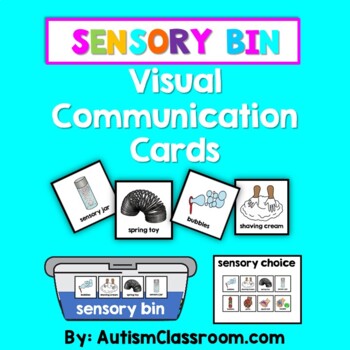
Sensory Bin Visual Communication Cards
- Fine Motor Practice- Have some fine motor activities that students like to interact with on the table. If you need some ideas, here is a free set of Fine Motor Targets for the Year. They 34 weeks of ideas for fine motor activities.
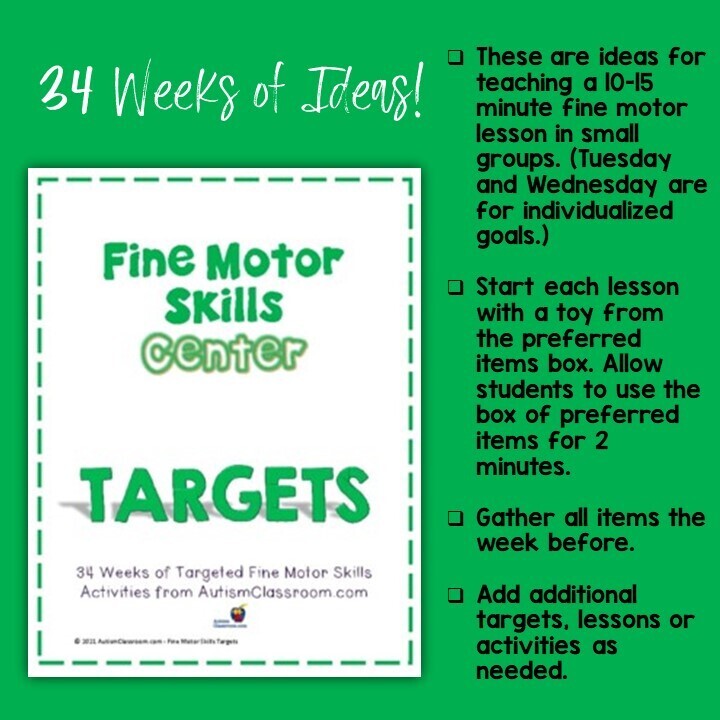 Free Fine Motor Center Targets
Free Fine Motor Center Targets
- Independent Work Tasks- Structured teaching style work tasks that are individualized for each student. These are manipulative tasks that a student can do fairly independently. The tasks must be extremely easy for the student in this area since at this time, the classroom staff will possibly be helping other students off of the bus.
Any of these strategies can work. Find one method that works for you and just be sure to establish a routine. Give yourself some grace to figure it out if it doesn’t work on the first, second, or third try. I know I had to.
Want more on morning activities? See these blogs:
The Secret to Running a Morning Circle in Your Self-Contained Autism Classroom
Make the Most of the Morning Meeting by Including These 3 Things for Your Students with Autism
How Visuals Can Support Arrival Routines in Your Classroom



